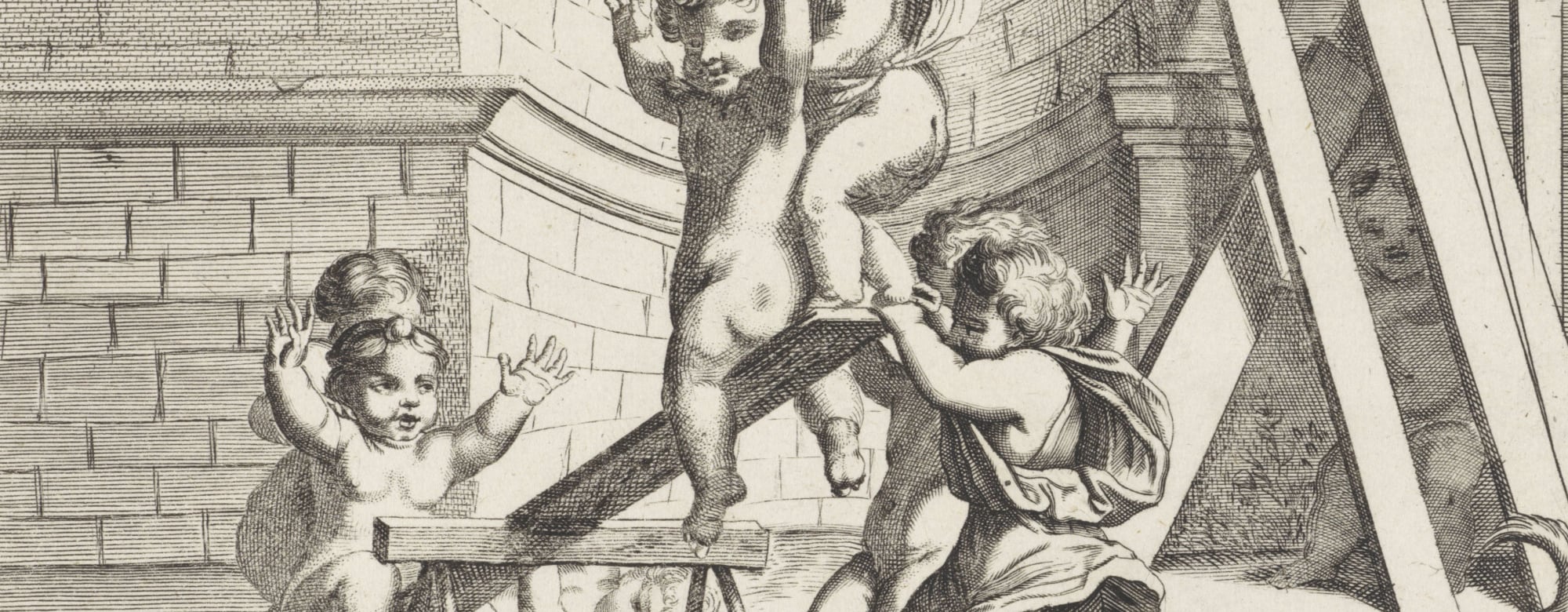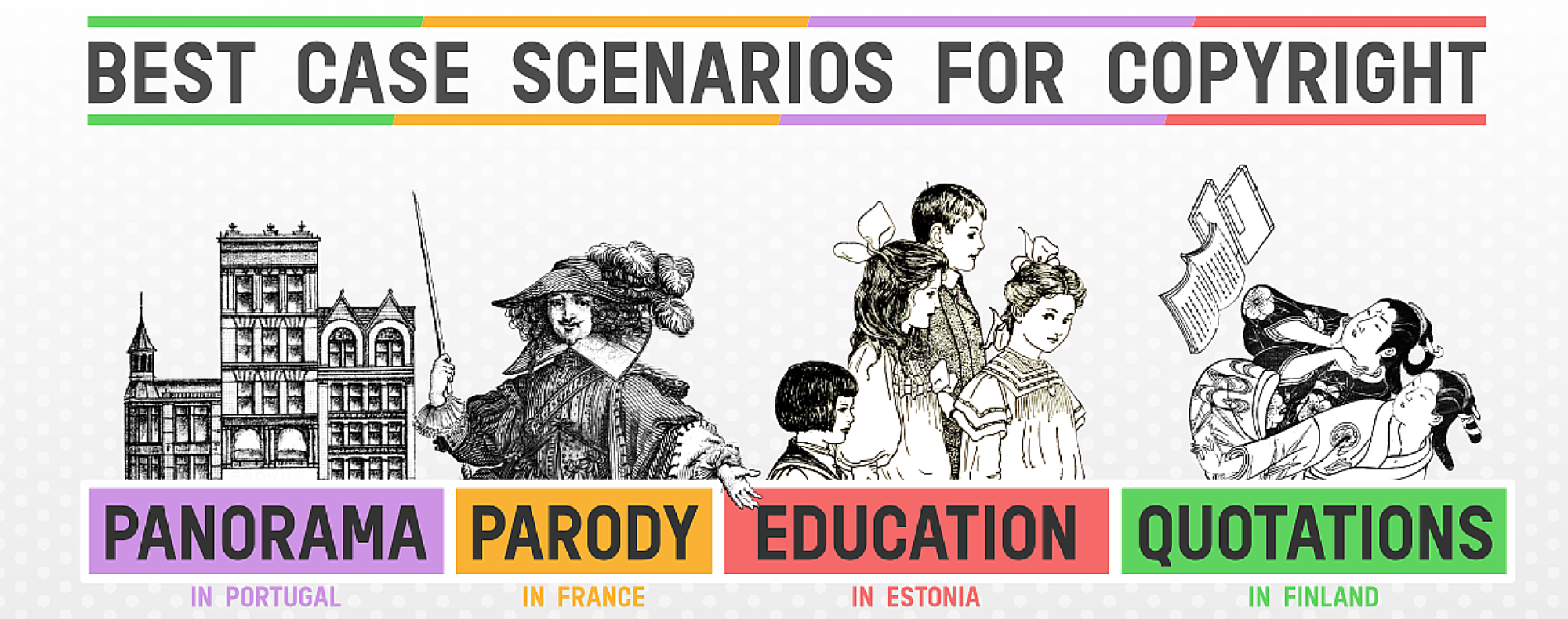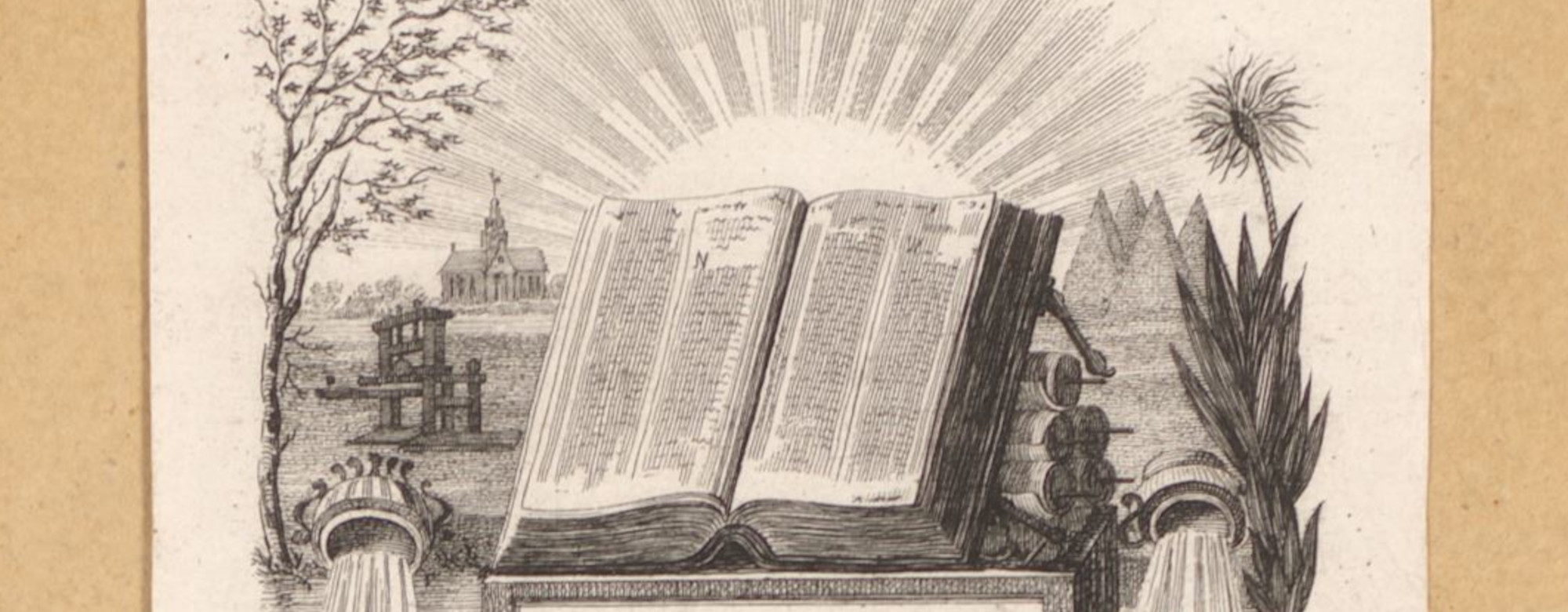Finnish Article 17 implementation proposal prohibits the use of automated upload filters
On Monday, the Finnish Ministry of Education and Culture held a public hearing on the implementation of Article 17 of the Copyright Directive. As part of this meeting, the Ministry outlined its proposal for a user rights-preserving “blocking procedure” that substantially deviates from all other implementation proposals that we have seen so far. The procedure […]


